What's the best way to join two colors in a scarf?
laura_in_cinti
16 years ago
Related Stories
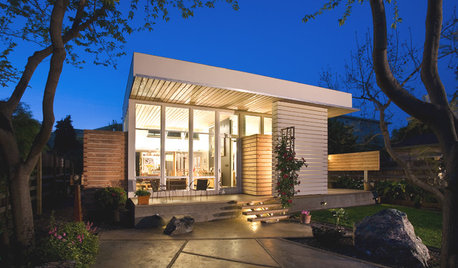
HOUZZ TOURSHouzz Tour: A Modern Addition Joins a Historic California Home
Two design pros give their century-old home extra breathing room while boosting its energy efficiency
Full Story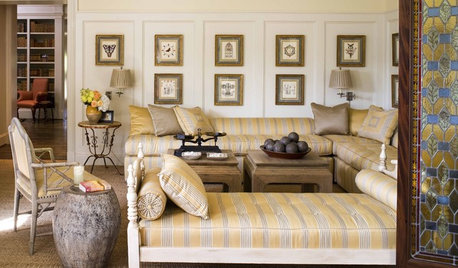
FURNITUREOutdoor Fabric Joins the In Crowd
Stepping out in even the poshest interiors, durable outdoor fabrics have transcended sidekick status
Full Story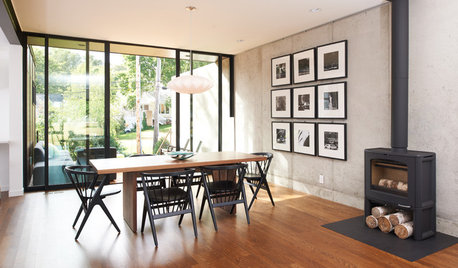
FURNITUREWindsor Chairs Join the Mod Squad
Think Windsor chairs are an Early American relic? These new takes put them squarely in the 21st century
Full Story
TRADITIONAL HOMESHouzz Tour: 2 London Apartments Join to Become a Luxe Family Home
Spacious rooms, luxury materials and elegant furnishings create a dream home for a family with a love of art and entertaining
Full Story
BEFORE AND AFTERSReader Project: California Kitchen Joins the Dark Side
Dark cabinets and countertops replace peeling and cracking all-white versions in this sleek update
Full Story
ARCHITECTUREDesign Workshop: The Art of Joining Materials
Watch for carefully crafted meeting points in a home's building materials — they're among the hallmarks of great architecture
Full Story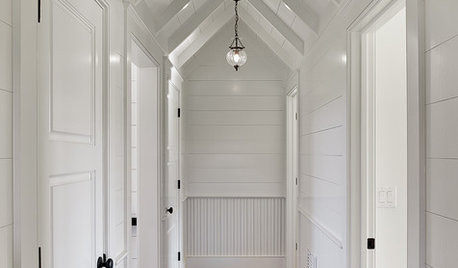
REMODELING GUIDESTongue and Groove Wall Paneling Joins the Comeback Club
Try this smooth architectural move to give your walls a streamlined appearance that conveys quality
Full Story
NEUTRAL COLORS10 Ways to Make Your Neutral Palette Shine
Wake up your beige and gray with a rich combination of texture, shape and pattern
Full Story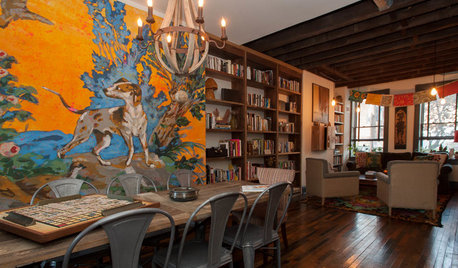
ECLECTIC HOMESMy Houzz: Color and Texture Fill an Eclectic Pittsburgh Row House
Moroccan touches join exposed brick, salvaged materials and scads of books in this home for a creative couple
Full Story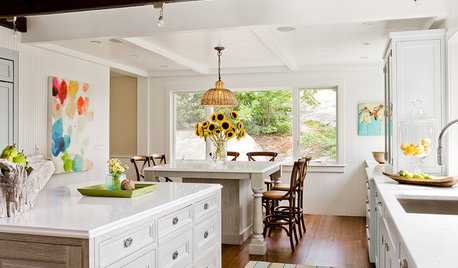
BUDGET DECORATINGBudget Decorator: 16 Ways to Bring Summer Into Your Kitchen
Give your kitchen an easy-breezy feel by swapping in summery colors and natural accessories, and stowing cool-weather cooking stuff
Full StoryMore Discussions






profsusan
jenn
Related Professionals
Hastings Furniture & Accessories · Memphis Furniture & Accessories · Midland Furniture & Accessories · Portage Furniture & Accessories · Greenwood Village Furniture & Accessories · Lake Arrowhead Furniture & Accessories · Nixa Furniture & Accessories · Pinehurst Furniture & Accessories · Temple Terrace Furniture & Accessories · Garden City Interior Designers & Decorators · Queens Interior Designers & Decorators · Van Wert Interior Designers & Decorators · Rosaryville Interior Designers & Decorators · Bellflower Home Stagers · Arvada Staircases & Railingsjenn
sandra_ferguson
laura_in_cintiOriginal Author
sheilajoyce_gw
jenn
sandra_ferguson
Carol_Ann
Carol_Ann
jenn
Carol_Ann
jenn
Carol_Ann
chaos134